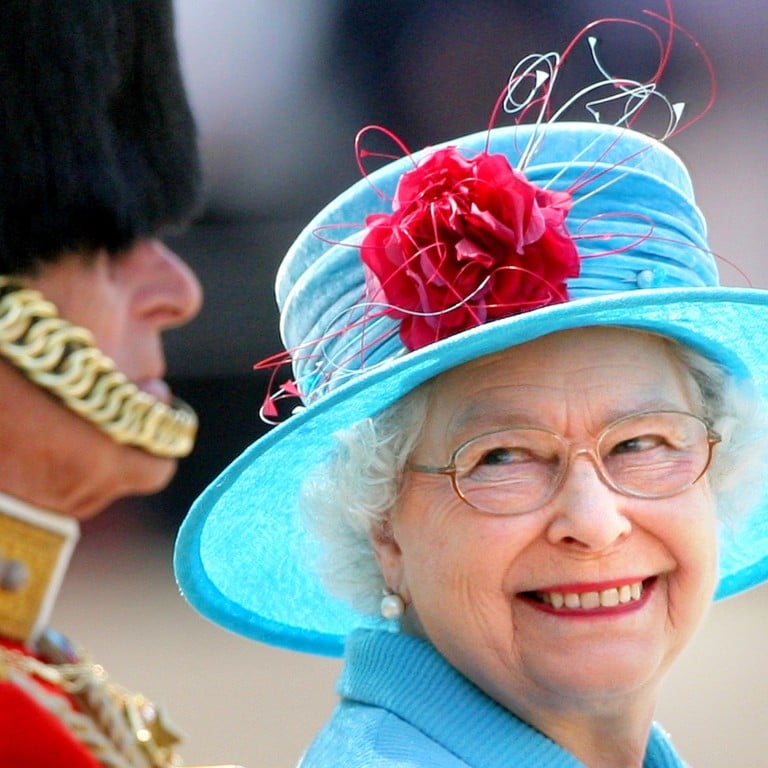What happens next after Queen Elizabeth’s death? Operation London Bridge is in motion, from Buckingham Palace’s funeral plans to King Charles’ succession

- Queen Elizabeth, Britain’s longest reigning monarch of 70 years, died ‘peacefully’ at 96, in the Scottish estate of Balmoral on September 8 – so what happens next?
- Operation London Bridge has been planned for years in case of the death of a royal, with BBC suspending its programmes to gun salutes in honour of the monarch
Operation London Bridge, first devised in the 1960s, is the official plan for what comes next in the United Kingdom, British Overseas Territories and Crown Dependencies after the death of the monarch, Queen Elizabeth.
On September 8, Britain’s longest reigning monarch passed away “peacefully” at age 96, in the Scottish estate Balmoral Castle where she spent most of the summer.
But what happened next?
Day 0 (D-Day)

The moment the queen passed, the monarch’s private secretary, currently Edward Young, was the first person to transmit the news to Prime Minister Liz Truss (apart from her family relatives and medical team), using the code phrase “London Bridge is down” – over secure telephone lines, of course.
The news was then relayed to ministers and senior civil servants, as well as the 14 other countries over which Queen Elizabeth reigned. According to The Guardian, all government websites and social media accounts, including the royal family’s website, will reflect black banners, and the publication of non-urgent content must be avoided.
Notifying the media – and the world

The media was notified by the BBC’s emergency Radio Alert Transmission System. According to The Guardian, the corporation’s official guidelines on the handling of events such as a Category A royal death contains a sentence in bold capital letters and heavily underlined: “The BBC will honour any such embargo, regardless of what other broadcasters may do.”
The BBC may already be aware that a senior royal has died for some time before the palace wishes to confirm the death.

“Blue obit lights” are cited in the plans, according to The Guardian, to signify to presenters already on air at the time of the announcement to play “inoffensive music”.